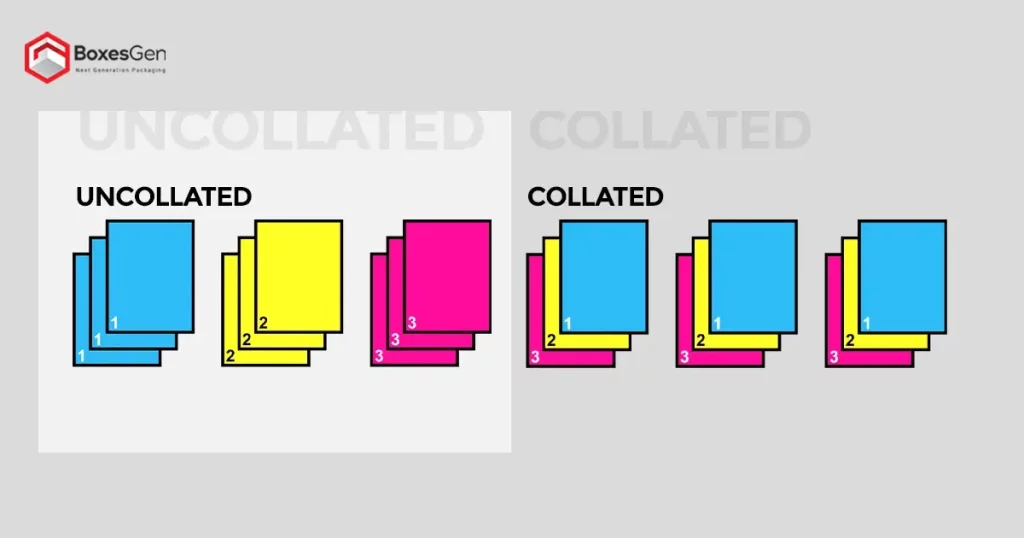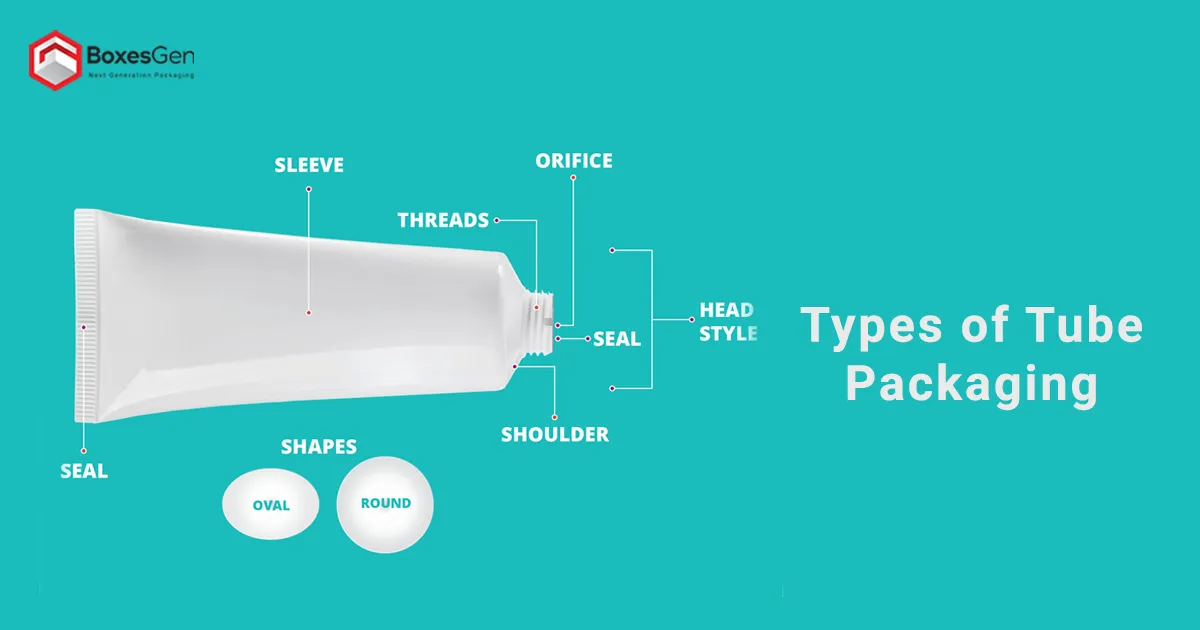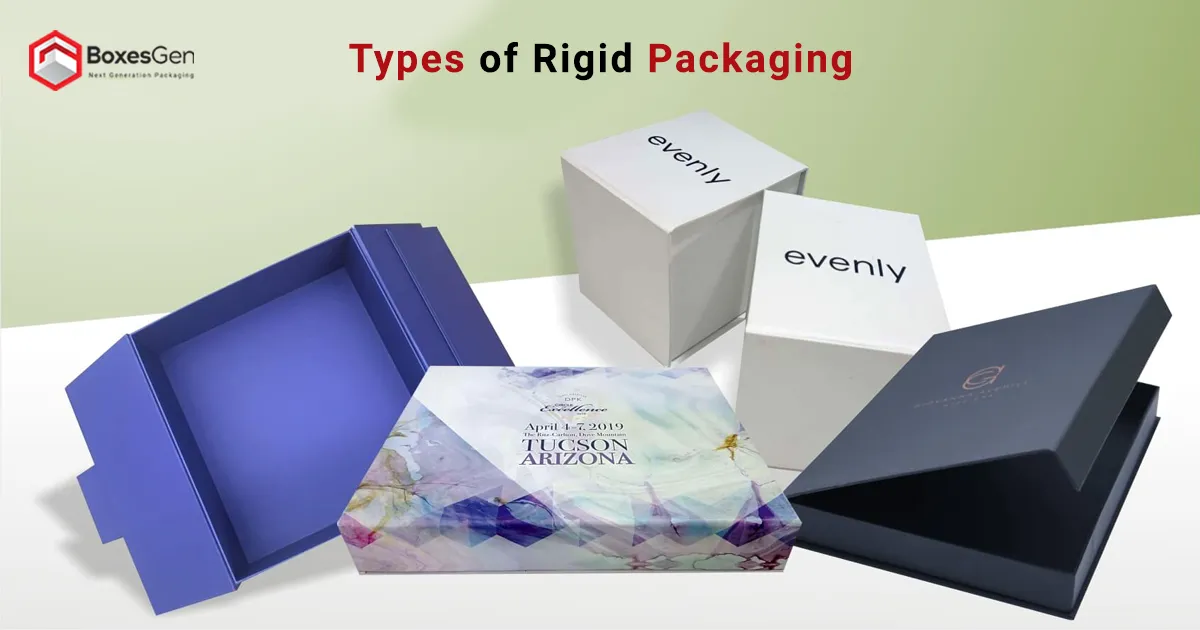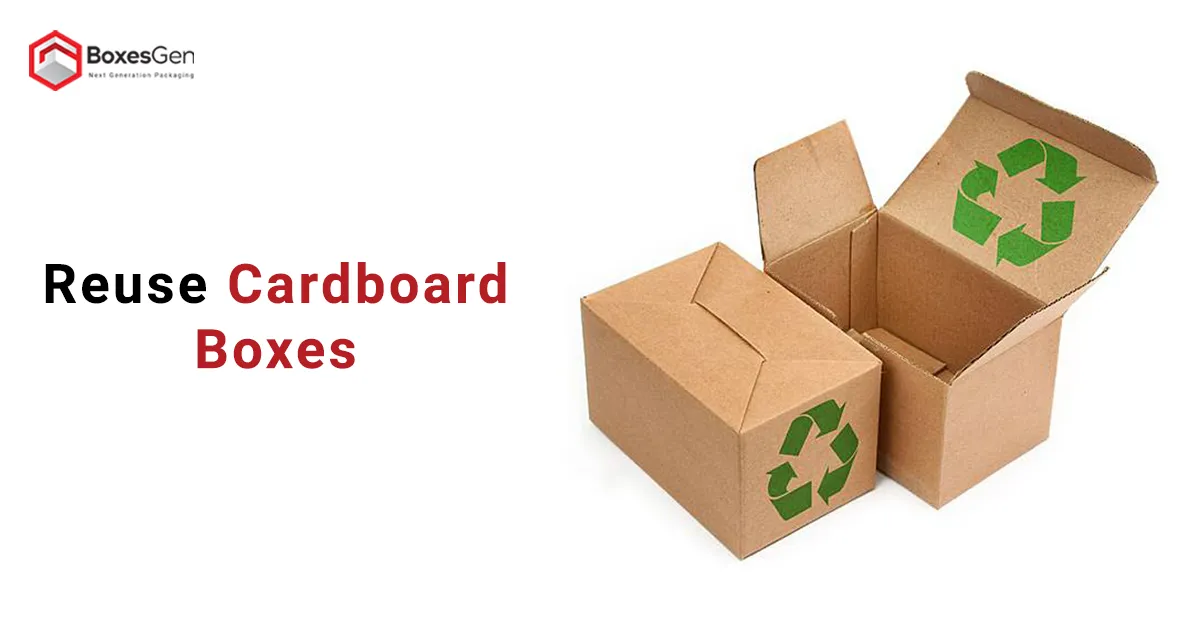What Does Collate Mean When Printing?
Collating is a fundamental aspect of the printing process crucial in organizing printed documents. In simple terms, collating refers to arranging printed sheets or pages in a specific order to create a complete, organized document. When you print multiple copies of a multi-page document, the collation setting determines how the pages are ordered in each copy.
For example, if you’re printing a three-page document and choose to print three copies with collation enabled, the printer will arrange the pages in the order of 1-2-3 for each copy. Without collation, all copies might end up on the same page in the same order, leading to a chaotic and unorganized set of pages.
Collation is particularly important when dealing with large documents, presentations, booklets, or any printing task involving multiple pages. It simplifies assembling Menu Printing, saving time and ensuring the final output is coherent and ready for distribution or presentation.
How Does Collation Work?
Collation is controlled through settings in the printing options of software applications or the printer driver. When you send a print job to the printer, you can specify whether you want the copies collated. The printer processes the information and arranges the pages accordingly during printing.
Modern laser and inkjet printers often come with automatic collating features, making it easier for users to produce organized and ready-to-use documents. This automation augments efficiency and reduces the likelihood of errors that may occur during manual collation.
Importance of Collation in Printing
1. Time Efficiency
Collating saves time, especially when dealing with large print runs. Imagine manually organizing hundreds of pages after printing; collation automates this process, allowing you to focus on other tasks.
2. Professionalism
In business settings, collated documents present a more professional image. Whether a report, presentation, or promotional material, an organized and well-arranged document will likely leave a positive impression on the audience.
3. Error Reduction
Automatic collation minimizes the risk of errors in document assembly. Manual collation can lead to mix-ups, resulting in misplaced pages and confusion. Automatic collation ensures accuracy and consistency across all copies.
4. Better Document Flow
Collation contributes to a smoother workflow in offices and printing environments. It simplifies the handling and distribution of documents, making it easier to manage and share information.
Collation in Different Printing Environments
Collation is not limited to traditional office printing. It plays a significant role in various printing environments, each with specific requirements.
1. Publishing Industry
In book printing and publishing, collation is a critical step to ensure that the pages are in the correct order. This is essential for creating the final product, whether a novel, textbook, or magazine.
2. Advertising and Marketing
Collation is vital in producing promotional materials such as brochures, flyers, and catalogs. Proper collation ensures that marketing materials are organized and impactful, reflecting positively on the brand.
3. Educational Settings
Schools, universities, and training institutions often require collated materials for classroom distribution. Lecture notes, study guides, and course materials are more effective when presented well-organized.
Current Trends in Paper and Printing
As technology advances, the Types & Tips on Perforated Paper for the Printing industry continue evolving, adapting to changing consumer needs and environmental considerations.
1. Digital Printing Dominance
Digital printing technologies, including inkjet and laser printing, have become dominant in the market. They offer faster turnaround times, cost-effective short runs, and the ability to customize prints.
2. Sustainable Printing Practices
Environmental concerns have led to an increased focus on sustainable printing practices. Printers and paper manufacturers are exploring eco-friendly materials, recycling processes, and energy-efficient technologies to reduce environmental impact.
3. 3D Printing Expansion
While traditionally associated with prototyping, 3D printing is expanding into various industries, enabling the production of intricate and customized objects. This technology continues to evolve, offering new possibilities for manufacturing and design.
4. Augmented Reality Integration
Some Custom Printed Packaging materials now incorporate augmented reality (AR) elements, enhancing users’ interactive and immersive experience. This trend blurs the line between traditional print and digital media.
Future Prospects of Collation in Printing
Looking ahead, collation’s role in printing will likely continue evolving in line with technological advancements and industry demands.
1. Automation and AI Integration
Expect further automation and integration of artificial intelligence (AI) in collation processes. AI algorithms can optimize page arrangements based on content relevance, creating more intelligent and context-aware collation.
2. Better Customization
With digital printing’s capability for short runs and personalized prints for Any Packaging Solution, collation may become more tailored to individual preferences. This could include personalized page orders or collation based on specific criteria.
3. Efficiency Improvements
Continuous improvements in printing technology will likely lead to even more efficient collation processes. Faster printers, better sensors, and advanced software algorithms will contribute to quicker and error-free collation.
Conclusion
Collation is a critical component of printing, ensuring that documents are organized and ready for use. As technology continues to shape the Custom Packaging Printing industry, collation will likely see further advancements, contributing to increased efficiency and customization in producing printed materials. Whether in offices, publishing houses, or marketing departments, the importance of collation remains integral to delivering professional and well-organized documents in the ever-evolving world of printing.









